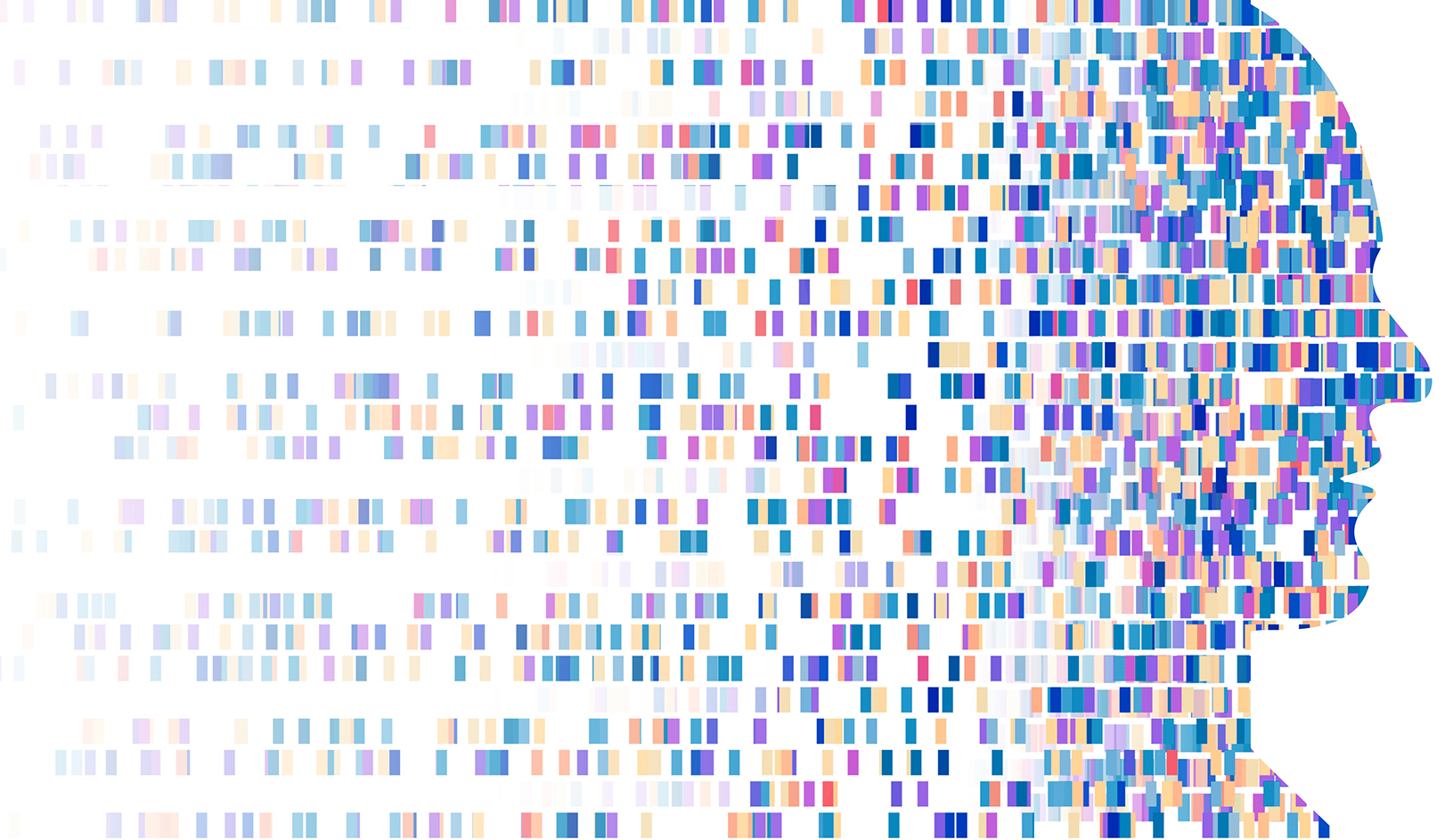KU researchers describe new direction for understanding causes of autism
While much has been discovered about autism in the past 40 years, scientists are still working toward understanding its many causes. The progress in determining which genetic factors contribute to autism for the majority of individuals has been limited, as hundreds to thousands of genes may be associated with autism.

In a recent review published in the Journal of Neurodevelopmental Disorders by a team of scientists at the Life Span Institute, scientists assert that new research strategies are needed to understand the complex genetic landscape in autism. They are pointing to one promising strategy: the analysis of traits associated with autism that also are familial, or evident in non-autistic biological relatives of autistic individuals.
The rationale behind this approach is that these “familial” traits likely represent inherited processes, including differences in brain development, that may be contribute to autism in some individuals.
Matt Mosconi, director of the Kansas Center for Autism Research and Training at the Life Span Institute, and coauthors of the review focused on the promise of “endophenotypes,” or inherited, quantitative traits measurable at molecular, cellular, brain system, or cognitive levels, that serve as bridges along the causal pathway from genes to behavior.
The researchers pointed to other fields of medicine that have identified endophenotypes that reflect a genetic likelihood for a particular condition. Identifying them has led to the development of personalized therapeutic strategies for complex disorders like heart disease and cancer.
Mosconi and his team hypothesize endophenotypes associated with autism may be identifiable and lead to a greater ability to understand the different inherited genetic variations that individually may only increase the likelihood of autism to a small degree, but which also may increase likelihood to a high degree when found in combination with other genetic or environmental factors. These “additive” processes likely serve as the primary causes of autism for the majority of autistic individuals.
The researchers propose that large-scale, quantitative studies of both autistic individuals and their non-autistic relatives are needed to identify the most powerful endophenotypes for gene discovery in autism, and to understand underlying causal factors for autism at an individual level.
Co-authors on the paper are Cassandra J. Stevens, Kathryn E. Unruh and Robin Shafer from KU’s Kansas Center for Autism Research and Training, and Jed T. Elison from Department of Pediatrics, University of Minnesota.